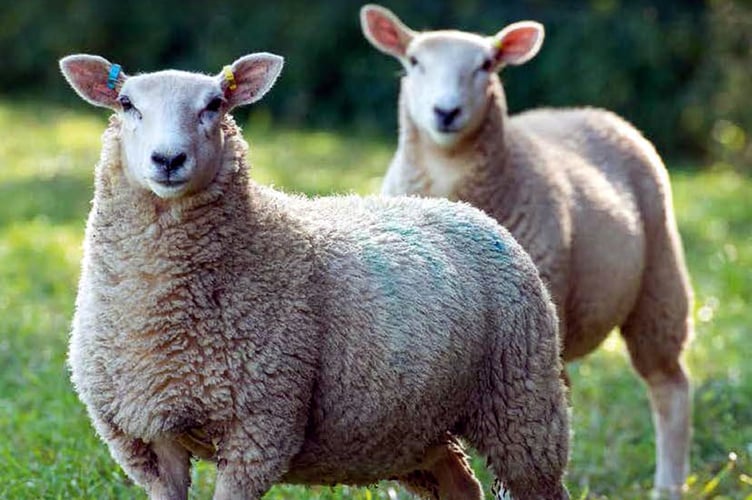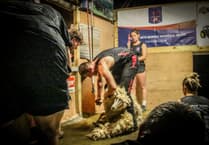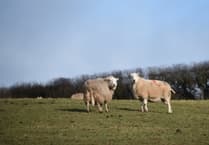Farmers, vets, organisations and industry professionals from across the whole sheep industry have joined forces, through Ruminant Health & Welfare (RH&W), to launch the new UK Sheep Welfare Strategy for 2023-2028.
The strategy, which is the first of its kind for the sector, is designed to help the whole industry show progress in sheep welfare by 2028.
RH&W chair Gwyn Jones says the strategy aims to deliver high welfare and encourage the adoption of good practice on all sheep farms across all four nations in the UK – regardless of size, location, or production system.
“The industry’s shared vision is for the UK sheep sector to demonstrate evidence-based progress in six key areas of sheep welfare over the next five years and beyond,” he added.
“Improvements to health and welfare will ultimately result in a more productive and sustainable supply chain, having a positive impact on the sector’s carbon footprint. At a grassroots farm level, it will benefit farmers directly through better productivity, working conditions and positive mental health.”
The six strategic goals in the strategy are: healthy feet; appropriate body condition; thriving lambs; collaborative flock management; positive welfare and sheep comfort.
Mr Jones said progress on these six areas is vitally important, as research shows the public expects the delivery of good welfare to include far more than ensuring good health alone.
“UK sheep farmers and the wider industry are in a good position to deliver on both,” he added.
National Sheep Association chief executive and RH&W steering group member Phil Stocker said it is important for the reputation of the UK sheep sector to continue making progress where welfare is concerned.
RH&W was established to co-ordinate and focus the ruminant sector’s drive in tackling endemic cattle, sheep and goat diseases across the UK, working with partners in the four nations.
It works with industry and governments to influence collective action and secure the policy framework and funding required to prevent, manage or control disease and welfare challenges across the ruminant sectors.
Members comprise of key stakeholders as well as specialist expertise in ruminant disease, genetics and epidemiology.




